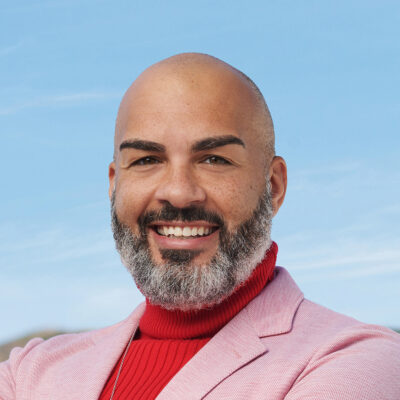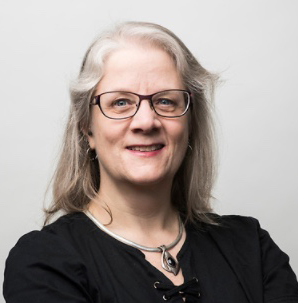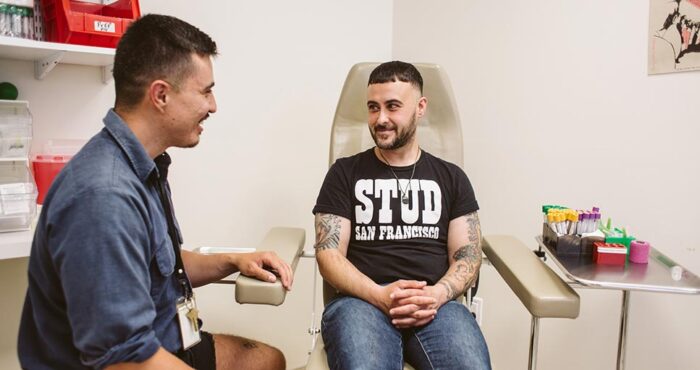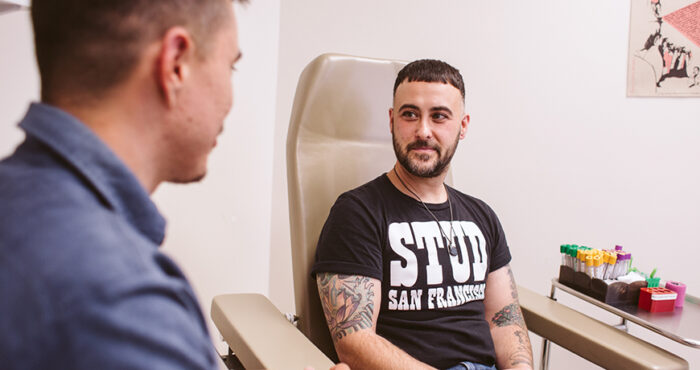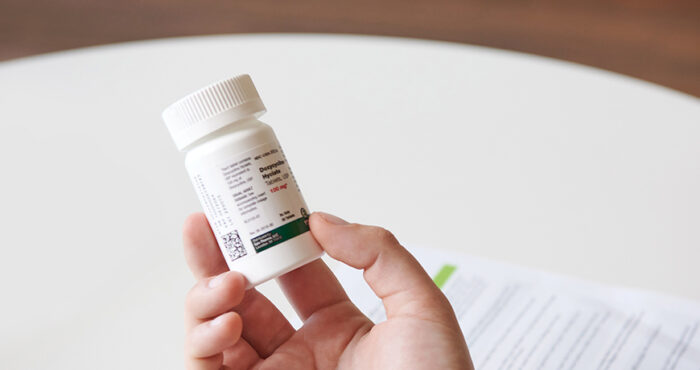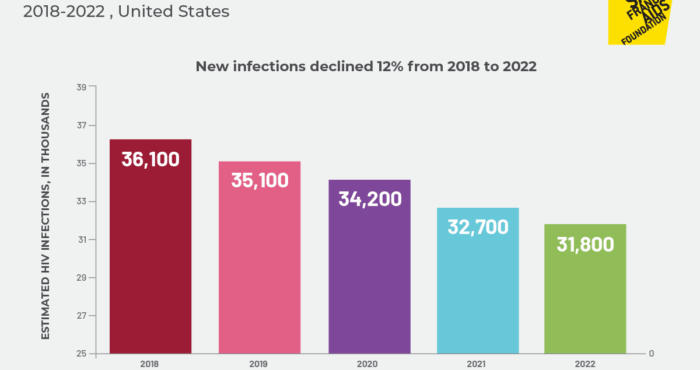PrEP use since 2012 is up, but uptake falls short of need
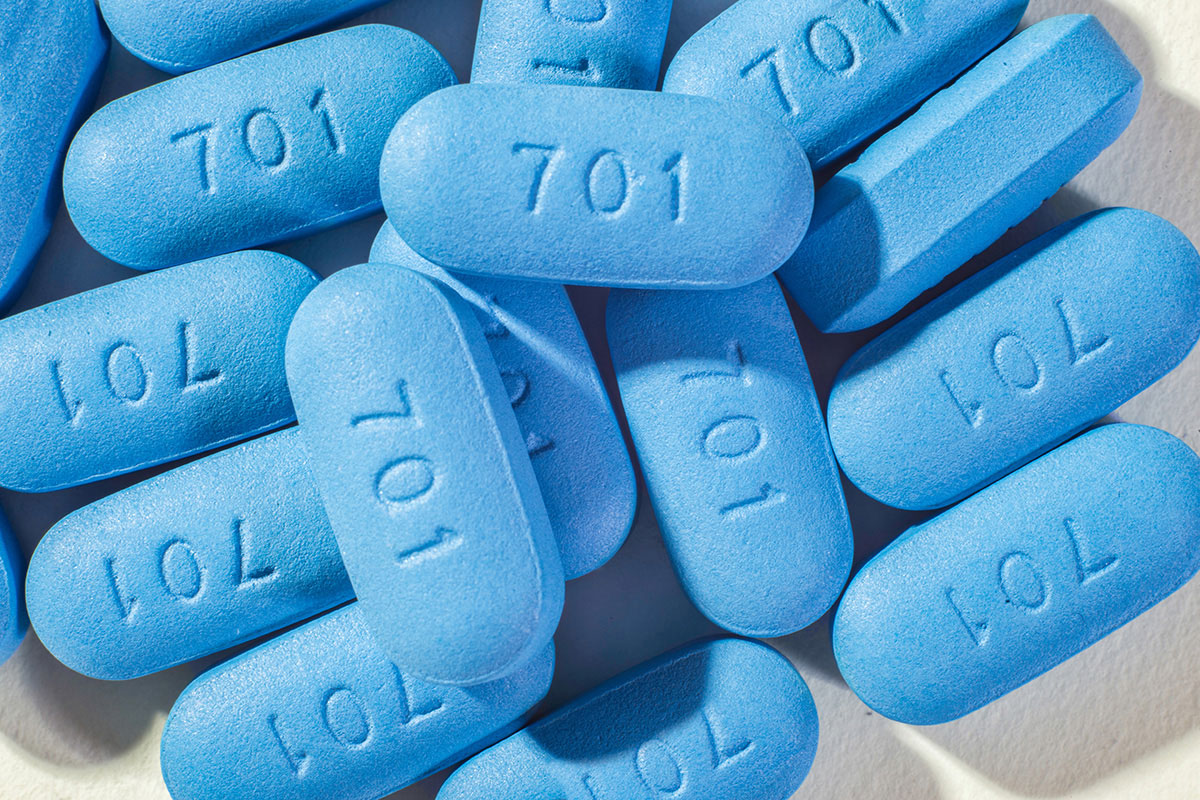
The number of people using tenofovir/emtricitabine (Truvada) for PrEP exceeded 77,000 in 2016, according to new numbers from AIDSVu, released in conjunction with the 2018 Conference on Retroviruses and Opportunistic Infections (CROI). This is only a small proportion of those who could benefit, according to an analysis from the Centers for Disease Control and Prevention (CDC).
The Food and Drug Administration approved Truvada for HIV prevention in July 2012. Although PrEP use has risen steadily since then, it has been difficult to estimate the total number of PrEP users because this information is not centrally collected.
For several years Gilead Sciences, the maker of Truvada, has reported PrEP estimates based on surveys of commercial pharmacies. Last year Gilead researchers reported that 120,000 people had started PrEP since 2012. Now the company has teamed up with researchers at Emory University to make the latest PrEP numbers available via AIDSVu, an interactive online map of the U.S. HIV/AIDS epidemic.
More than 77,000 people were using PrEP in 2016, according to data from more than 54,000 pharmacies, 1,500 hospitals, 800 outpatient facilities, and 80,000 physician practices across the country. This number does not include PrEP demonstration projects, military health systems or managed care providers like Kaiser Permanente that operate their own pharmacies.
This represents a 73% increase every year since 2012—or an overall increase of 877% over the entire four-year period—but the aggregate data hide some notable disparities.
Men accounted for 93% of PrEP users in 2016. Women account for about 19% of new HIV diagnoses nationwide, but they made up only 7% of PrEP users. About two-thirds of PrEP users are in the 25-to-44 age range, which accounts for just over half of new diagnoses.
Data on PrEP usage according to race and ethnicity is harder to come by because prescription data often do not include this information.
Dawn Smith, MD, from the CDC’s Division of HIV/AIDS Prevention presented new state-level estimates suggesting that while 1.45 million Americans are at substantial risk for HIV infection, only about 90,000 PrEP prescriptions were filled between September 2015 and August 2016, meeting just 8% of the need.
Although African Americans make up about 12% of the U.S. population, they accounted for 44% of new HIV diagnoses in 2016, according to the CDC. Approximately 500,000 Black people could potentially benefit from PrEP, but only 7,000 prescriptions were known to have been filled for African Americans during this period, or only about 1% of the need, Smith said.
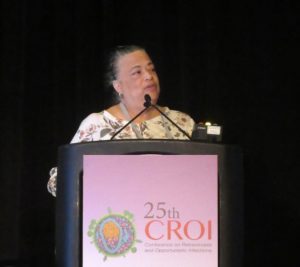
Latinos, who make up about 18% of the total population, accounted for about 25% of new diagnoses. Around 282,000 Latinos could potentially benefit from PrEP, but this group filled just 7,600 prescriptions (3% of the need). White people are most likely to use PrEP, but here too there was a gap between the 303,000 who could potentially benefit and the 42,000 prescriptions filled (14% of the need).
In terms of geography, people in the Northeast were about twice as likely to use PrEP as those in the West, South, or Midwest. Although just over half of all new HIV diagnoses in occurred in the South, this region was home to only 30% of PrEP users.
“This is a call to urgent action,” Smith said. “We must end this inequity if we are to end the HIV epidemic for all Americans. After six years, we’re nowhere near tapping the full potential of PrEP as a hugely powerful HIV prevention tool.”
—
Liz Highleyman is a freelance medical writer and editor of HIVandHepatitis.com.
Source
Smith, D. K., Van Handel, M. and Grey, J.A. By race/ethnicity, blacks have highest number needing PrEP in the United States, 2015. CROI 2018, Abstract 86.
—
San Francisco AIDS Foundation receives funding from corporate partners including those in the pharmaceutical industry. Editorial decisions on our blog and website are made independently. For more information about SFAF funding, please refer to our financial and tax documents.





